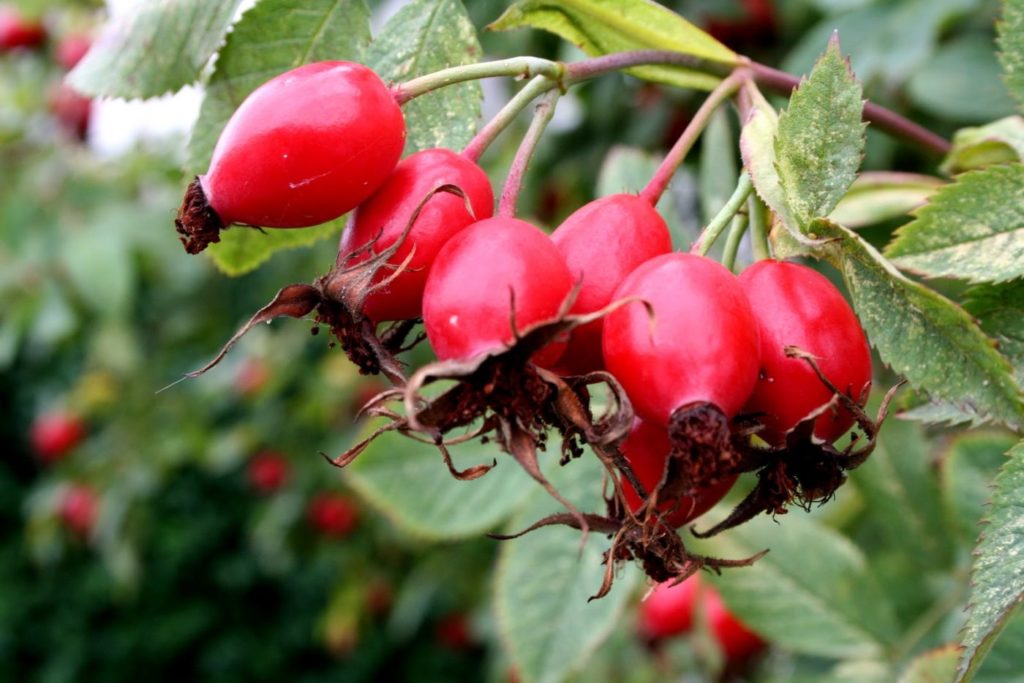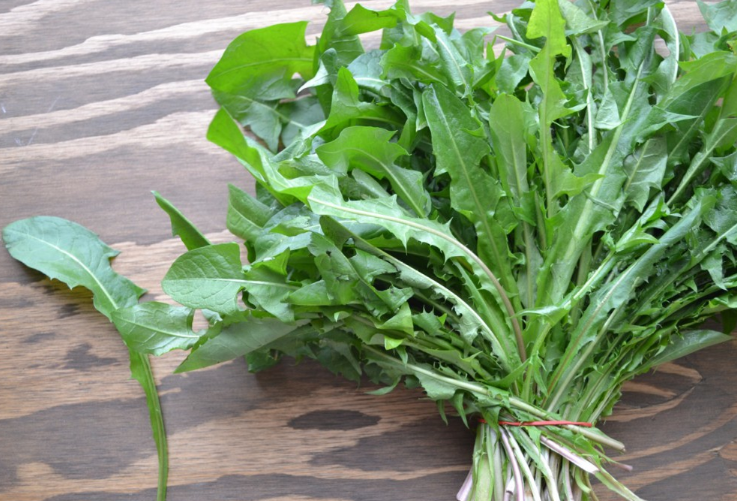It is amazing how alive everything feels in the summer. The days are longer, the plants around us are vibrant and green, wildlife is active, and you find yourself venturing outdoors every chance you get. It’s a chance to simply breathe in fresh air and see what’s happening in the world around you.
These outings are also a great time to explore what wild edibles are growing around you. It is incredible to learn and see that the landscape we live in is absolutely booming with free, delicious food to incorporate into our summer meals. If you read your history, you’ll know that many of the legendary “mountain men” were incredible naturalists and could live off the land at a moment’s notice. They had to after all! If you have an appreciation for “bushcraft” skills then you’ll love this article about “wildcrafting”, which means the gathering of herbs, plants and fungi from the wild.
April through September is a wonderful time to head out and enjoy wildcrafting. Depending on where you live, here are a few easy-to-spot ingredients to incorporate as a seasonal addition to your next meal.
A quick note: when you are wildcrafting food, it is recommended to stay away from road systems. Food harvested near a major road will likely not be the cleanest and could contain harmful pollutants. As obvious as this may be, it is also advised not to pick from areas sprayed with chemical fertilizers or pesticides. When in doubt, skip it!
Spruce Tips
These tidbits are easy to spot, but easy to overlook as well. Every spring you may have noticed the new growth on the spruce trees around you. The tips of the branches on your local spruces have a brown, papery exterior when they first emerge, and this is when they’re ripe for the picking. These new spruce tips can be found early in spring, or if you’re a little late to get started, you can search in cold, shady areas for late season picking.
Spruce tips are high in vitamin C, magnesium, and potassium. They are a much more sustainable source of these important micronutrients than your imported Chiquita bananas.
Simply approach your nearest spruce tree and take a peek at the end of the branches for the easy-to-pull tips, which will ideally still have their papery skin. Pluck the tip gently from the branch and discard the brown exterior. It is always good practice when wildcrafting to never harvest more than ten percent of whatever you find; this way you do not dramatically impact the plant or crop. Also, with spruce trees, you never want to pull the spruce top from the trop, this will cause the tree to split and form two tops. Pull a handful of spruce tips from each tree and move on.
Right away, these spruce tips can be made into spruce tip salt, sugar, vinegar, or tea. You will be amazed to find that they are a wonderful stand-in for rosemary. Try whipping up a batch of spruce tip salt to use on roasted potatoes.
Recipe: Spruce Tip Salt
Equal parts spruce tips and salt (fine or coarse salt works great)
Remove the papery brown skin from all spruce tips, combine with equal parts salt, and pulverize in your blender or food processor. Store in a jar and use on potatoes, vegetables, seafood or grilled meats.
Rose Hips
Another food rich in vitamin C, which you’ll find in the fall, is rose hips. These beautiful red and orange buds are best picked after roses have developed and lost their petals. Once the first frost occurs, you want to pick soft, yet not wrinkly, rose hips right where the stem meets the hip. Again, try to take no more than ten percent of the hips from each bush.
At home, rinse the rose hips well and let them air dry on a tea towel. Once dry you will want to cut them in half with scissors to remove the seeds and hairy interior. Rinse again and place on your food dehydrator, or in the oven set to 150 degrees on a parchment lined cookie sheet, and dry completely. These dried rose hips can be incorporated into tea, jam, sauces, and seasonings.
Recipe: Raspberry Rose Hip Jam (from Deco Tartelette)
2 cups organic fresh raspberries
1 cup organic sugar
1/2 cup filtered water
Juice from 1 organic lemon
1 teaspoon dried organic rose hips
Place sugar, water, raspberries, dried rose hips, and lemon juice in a medium sauce pan over medium heat. Allow the mixture to simmer for 15-20 minutes. Allow to cool and then place in a jar. The jam will continue to thicken as it sits. Store in the fridge and use within one week unless canned using a water bath.

Dandelion Greens
After watching my backyard chickens eat dandelion greens like it was their job for the past two months, I was reminded of the salads my mom would make us when I was a kid. She would incorporate these greens into our meals without telling us, to avoid having us turn up our noses at the idea of eating stuff that usually got run over by a lawn mower.
The best time to pick dandelion greens for salad or sautéing is in the spring; however, you can find young leaves to pick all summer long. You can find these in your own yard, assuming you do not use any chemical fertilizers or pesticides, or you can find them in fields with rich, healthy soil. Simply bend down to find dandelions that have not yet produced their obvious yellow flowers and pick the small, young leaves. They have a delicious, peppery taste, quite similar to arugula.
These free little salad-boosters are chock-full of, you guessed it, vitamin C, as well as vitamin K, vitamin A, and calcium. That’s a lot of nutrition you can pluck from the backyard!
Simply collect these young, tender leaves from dandelions and rinse in a colander. You can store them in the fridge for a day or so, but as with all wildcrafted food, its best to eat them as soon as possible. You may find yourself heading to the back forty, rather than the supermarket, for salad greens all summer long.
Try whipping up these sautéed dandelion greens as a side dish for grilled chicken or beef tenderloin.
Recipe: Sautéed Dandelion Greens
Two large handfuls of dandelion green
Two tablespoons of olive oil
Several cloves of diced garlic
Half a lemon
Coarse sea salt
Heat the olive oil over medium to low heat, being careful not to let it burn. Add the minced garlic and let cook until fragrant. Add in the rinsed and dried dandelion greens and stir much like you are wilting spinach. Once cooked, top with a squirt of lemon juice and sprinkle with coarse sea salt to serve.
I hope you have a wonderful time exploring your backyard in search of edible foods to accompany your meat and seafood this summer. Wildcrafted food reminds us to eat in season, enjoy nature’s bounty, and delight in foods grown closer to home.

About the Author:
Heather Kelly is the creator of Heather’s Choice Meals for Adventuring. Inspired by her personal backcountry trips, Heather strives to create healthy, delicious meals and snacks for folks headed out on epic adventures. You can order her meals and snacks online at heatherschoice.com and use the coupon code JOMH to save 10% off your next order.
Opt in for her newsletter to hear when her new ebook Who’s Ready For An Adventure?! is released later this spring!

